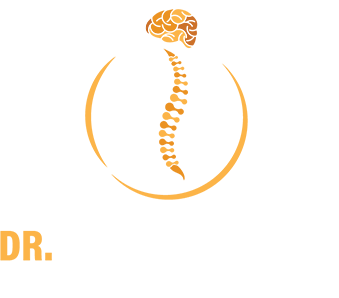Table Of Contents
- What Is A Brain Aneurysm?
- What Causes Brain Aneurysm?
- What Are The Symptoms Of A Brain Aneurysm?
- How Is A Brain Aneurysm Diagnosed?
- What Are The Complications Of A Brain Aneurysm?
- How Is A Brain Aneurysm Treated?
What is a Brain Aneurysm?
A brain aneurysm is a bulging or ballooning blood artery in the brain. Sometimes, a blood vessel develops a weak spot in its wall. Because of the steady flow of blood, that part of the blood vessel wears out and bulges out, almost like a bubble and can get as big as a tiny berry, giving the appearance of a berry on a stem.
A brain aneurysm can rupture or leak, resulting in a life-threatening condition of a brain haemorrhage (hemorrhagic stroke).
What Causes Brain Aneurysm?
Most brain aneurysms have unknown causes, although a number of variables may increase the risk. These risk factors can emerge gradually as well as be present from birth.
Risk factors that accumulate over time
- Increasing age
- Using cigarettes regularly
- Hypertension
- Drug misuse, particularly cocaine
- Excessive alcohol consumption
Birth-related risk factors
Some birth abnormalities are connected with an increased chance of having a brain aneurysm. These are some examples:
- Polycystic kidney disease is a hereditary condition that causes fluid-filled sacs in the kidneys and raises blood pressure.
- Brain arteriovenous malformation (AVM) is a condition in which the arteries and veins in the brain become tangled and disrupt blood flow.
- Narrow aorta, a central blood channel that transports oxygen-rich blood from the heart to the body.
- A close relative, such as a parent, brother, sister, or kid, has a family history of a brain aneurysm.
- Inherited disorders that damage blood vessels, such as Ehlers-Danlos syndrome
What are the Symptoms of a Brain Aneurysm?
The symptoms of a brain aneurysm depend on the condition of the vessel.
For ruptured aneurysm,
- Vomiting and nausea
- Neck pain
- Double vision or blurred vision
- Light sensitivity
- Seizure
- A sagging eyelid
- Consciousness loss
- Confusion
- Characteristic symptom: Sudden, sharp headache, often described as the worst headache.
For unruptured aneurysms,
An unruptured brain aneurysm may not cause symptoms, especially if it is small. A larger, unruptured aneurysm, on the other hand, may push on brain structures and neurons, potentially causing:
- Pain above and behind one eye
- A dilated pupil
- A shift in eyesight or double vision
- Numbness on one side of the face
How is a Brain Aneurysm Diagnosed?
- Cerebrospinal fluid analysis-To spot any red blood cells in the fluid surrounding your brain and spine in the case of a haemorrhage.
- MRI- MRI employs a magnetic field and radio waves to produce detailed brain images in either 2D or 3D.
- MR angiography-It is a type of MRI that examines the arteries in detail and may detect the presence of an aneurysm.
- X-Ray-A sequence of X-ray pictures can disclose specifics about the health of the arteries and detect an aneurysm.
- CT Scan-A CT scan, a form of specialised X-ray, is usually the first test to detect brain haemorrhage. The test, along with dye injection, generates images of the brain, making it easier to see blood flow in the brain and may reveal the presence of an aneurysm.
What are the Complications of a Brain Aneurysm?
When a brain aneurysm ruptures, the bleeding is typically brief. On the other hand, the blood can cause direct damage to nearby cells, raising intracranial pressure. If the pressure grows too high, the blood and oxygen supply to the brain may be disrupted, resulting in loss of consciousness or even death.
How is a Brain Aneurysm Treated?
The treatment involves surgery and medications to give relief.
Medications include;
- Pain-relieving medications
- Medication to prevent seizures
- Calcium channel blockers to keep blood arteries from constricting.
- Draining catheters, used to relieve pressure on the brain.




